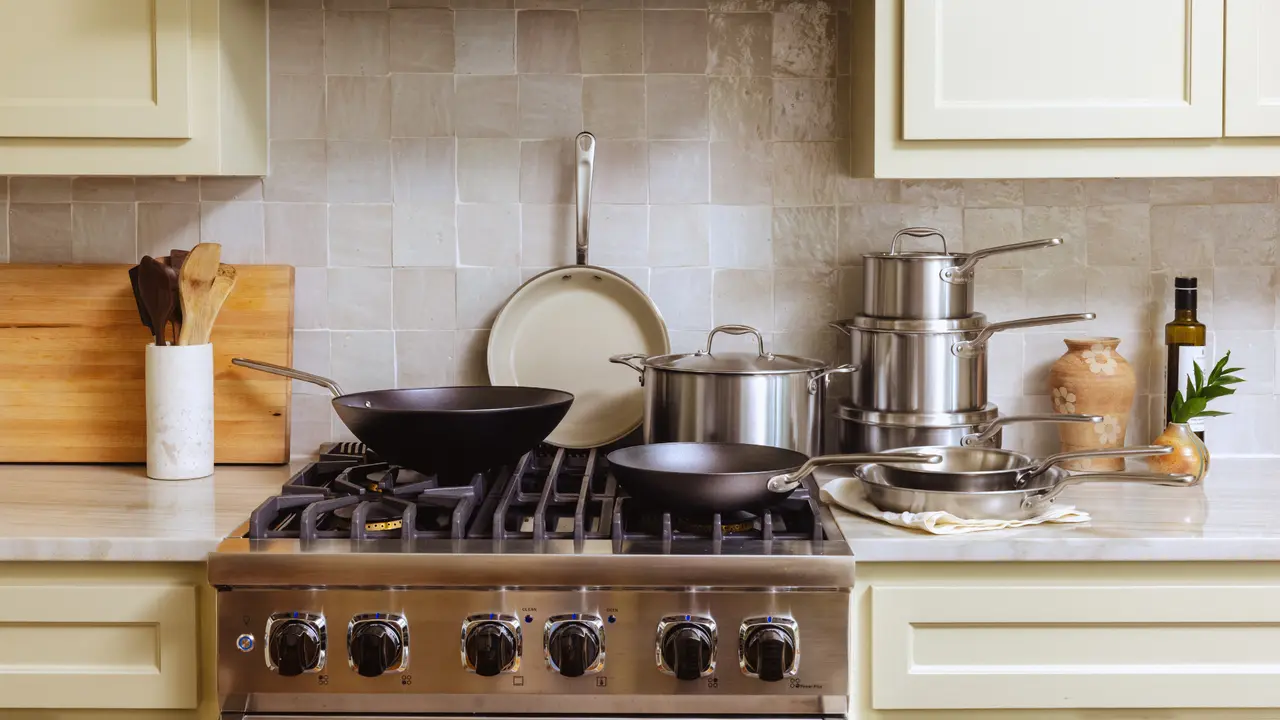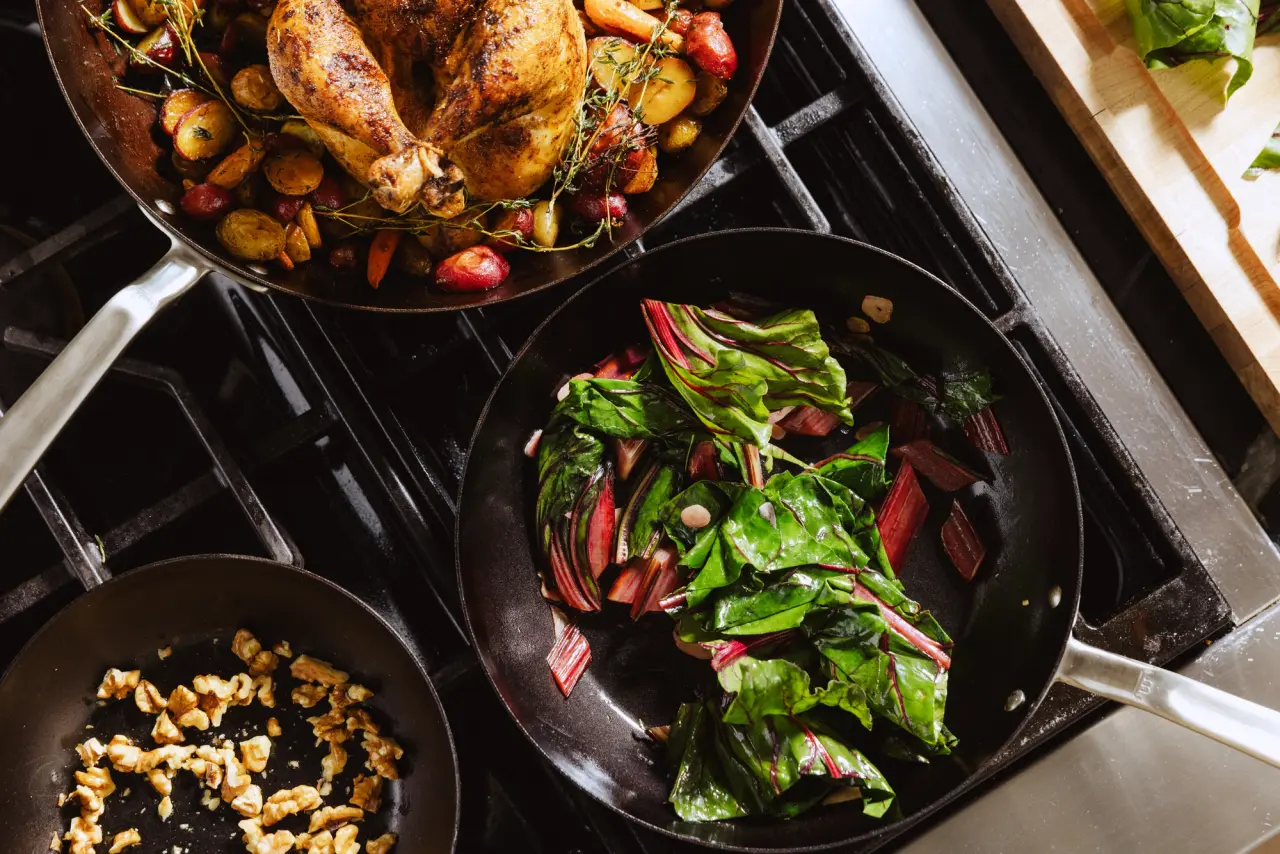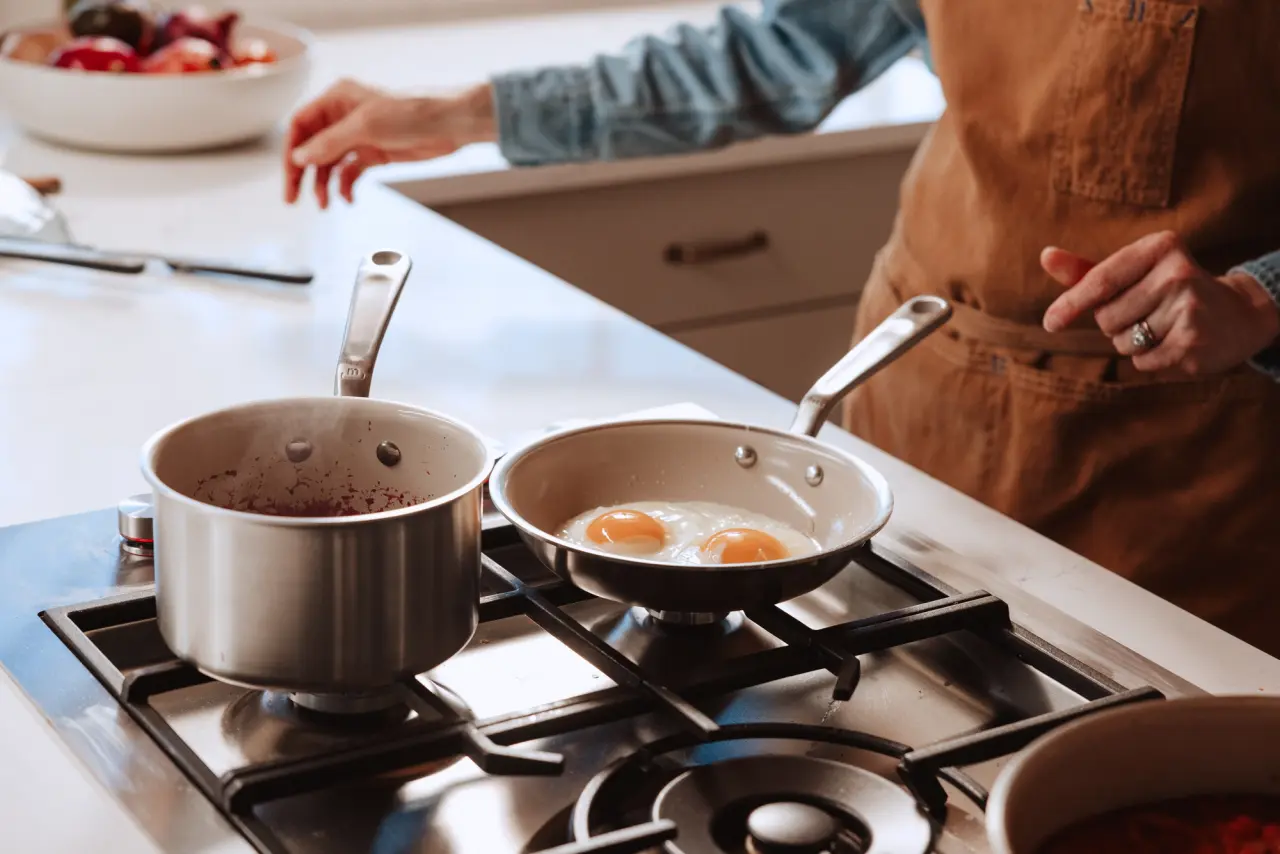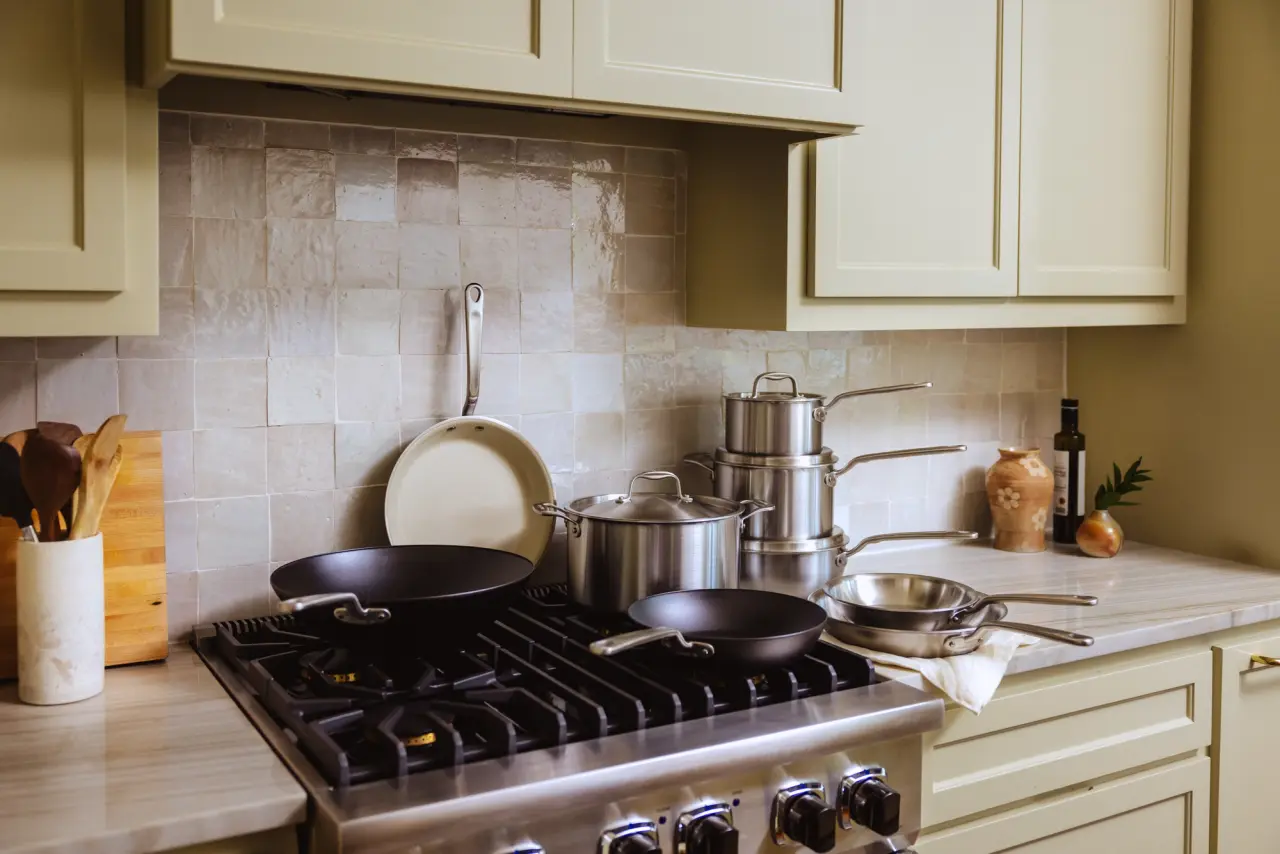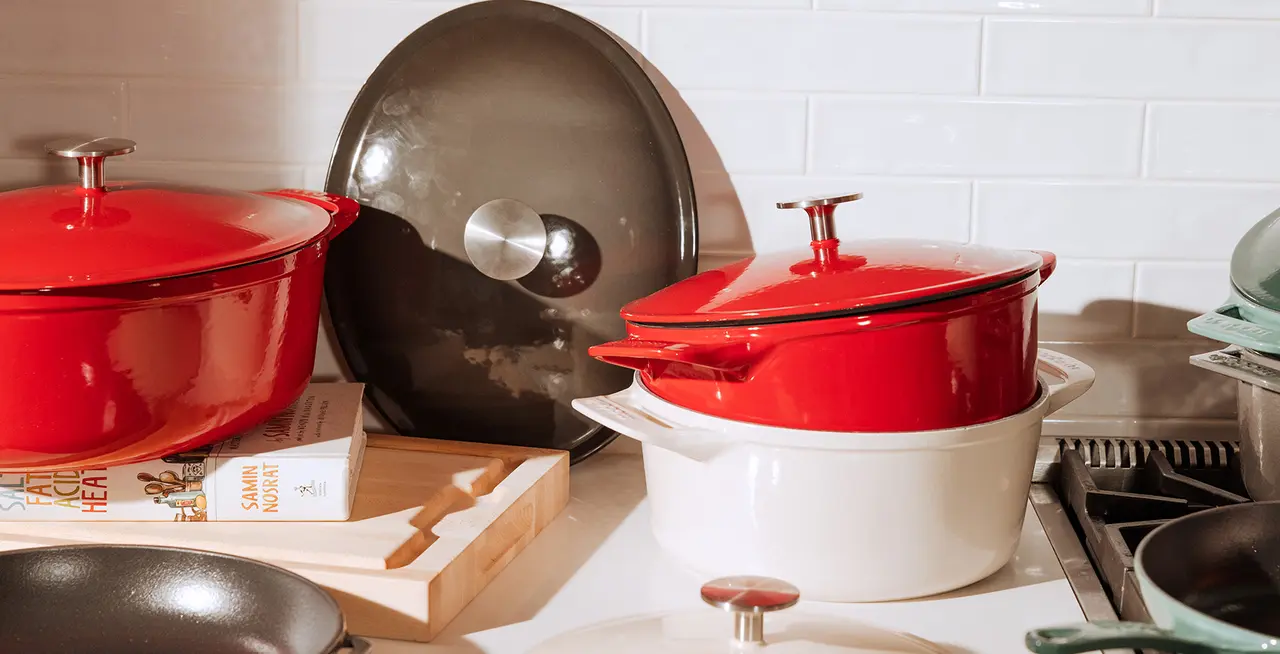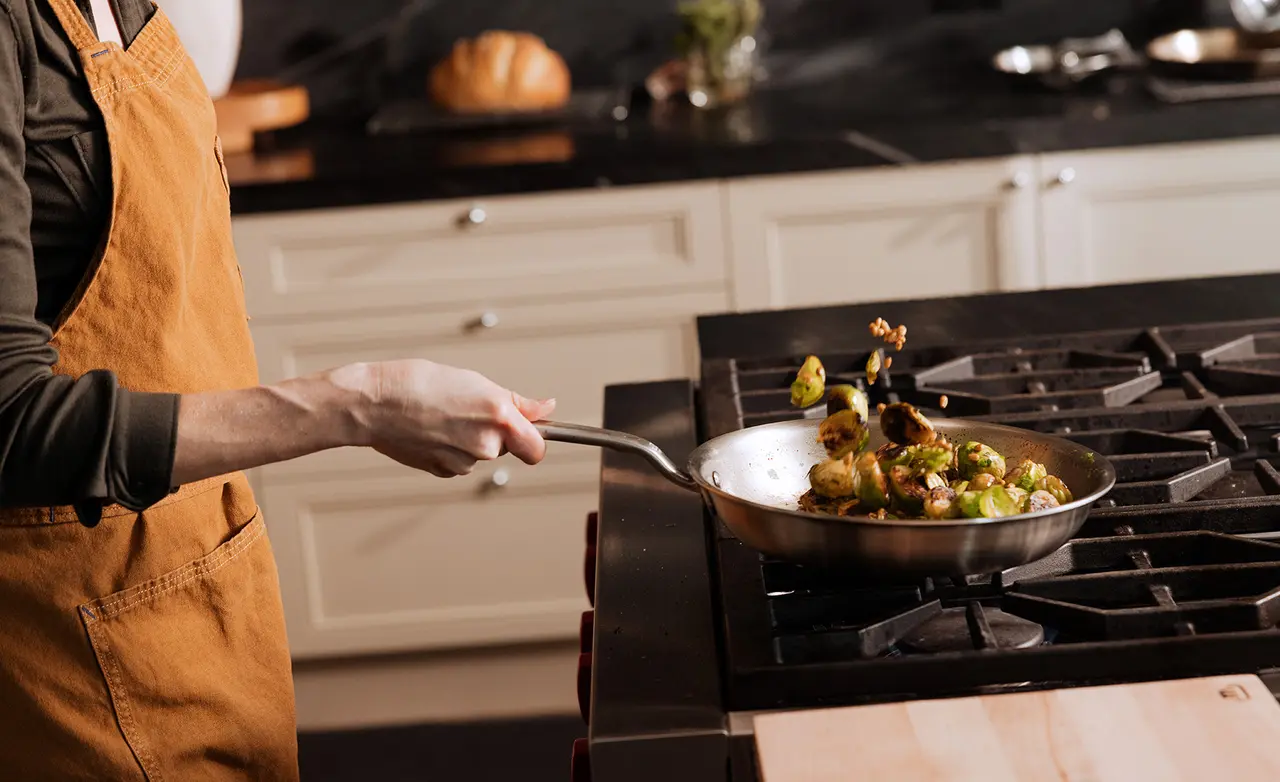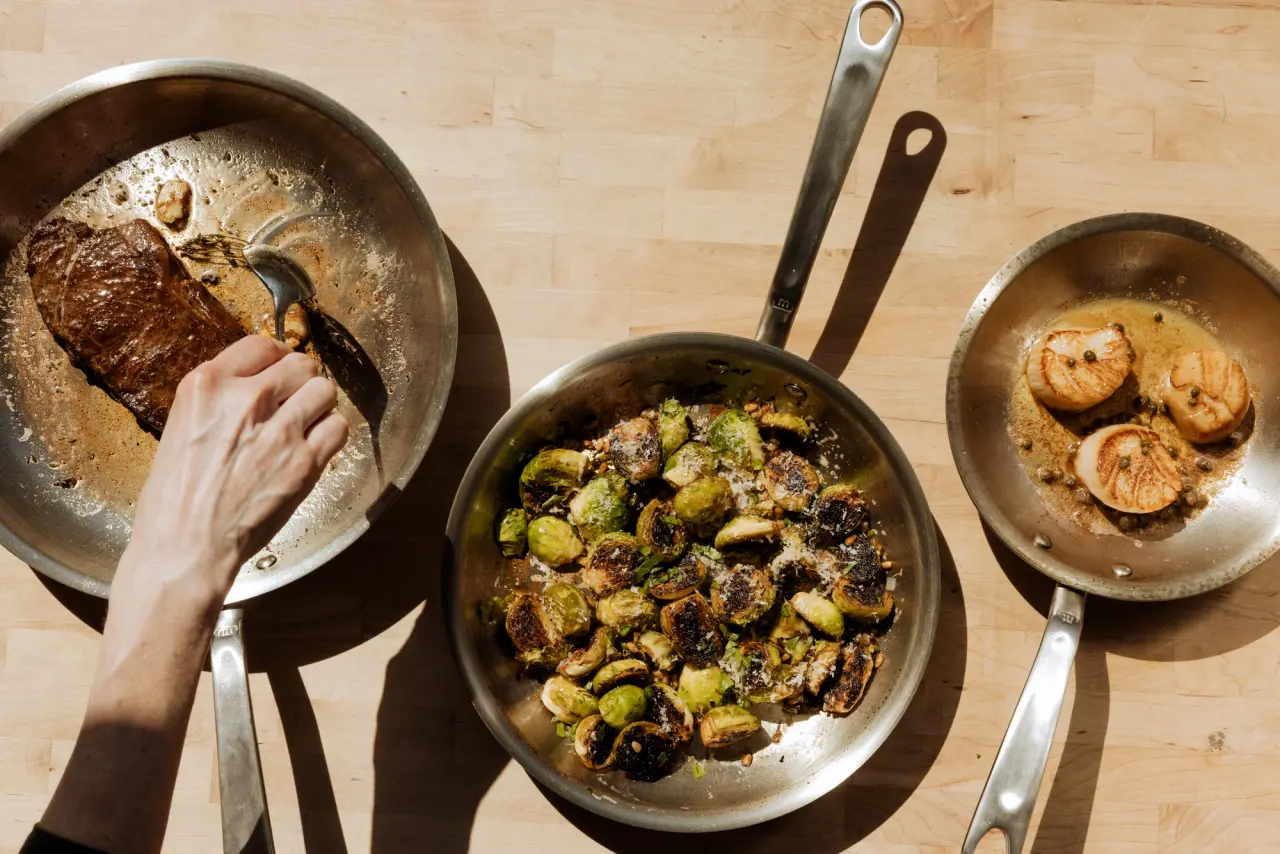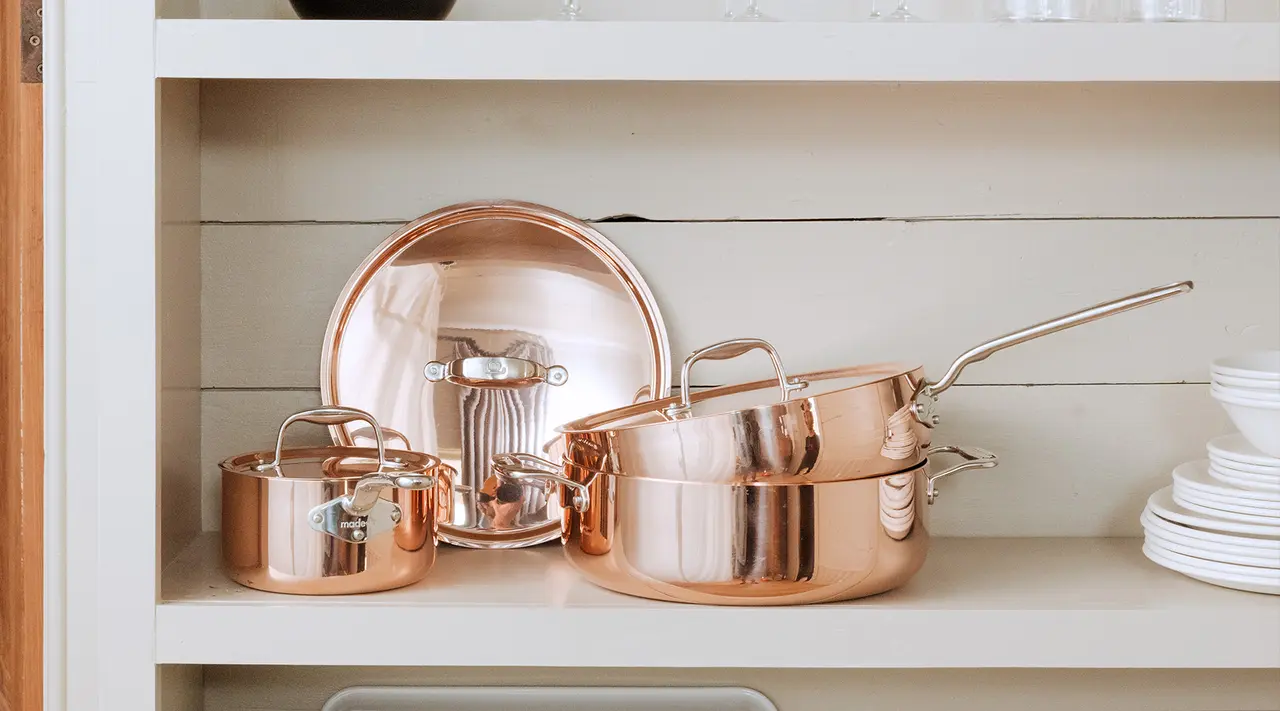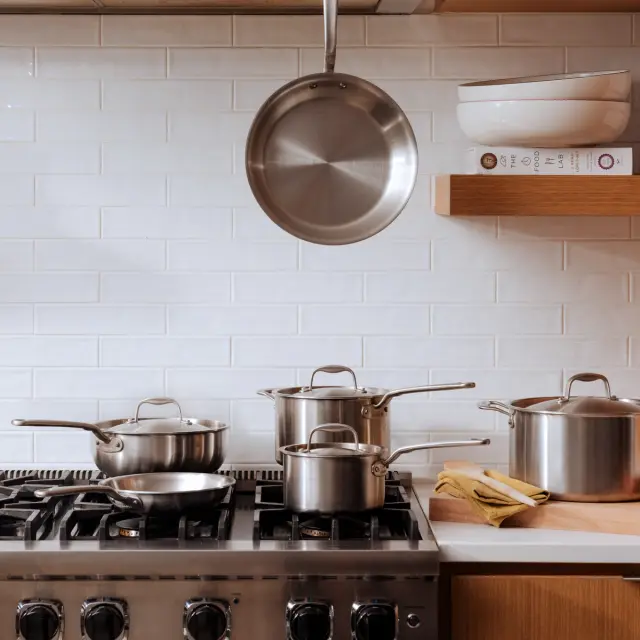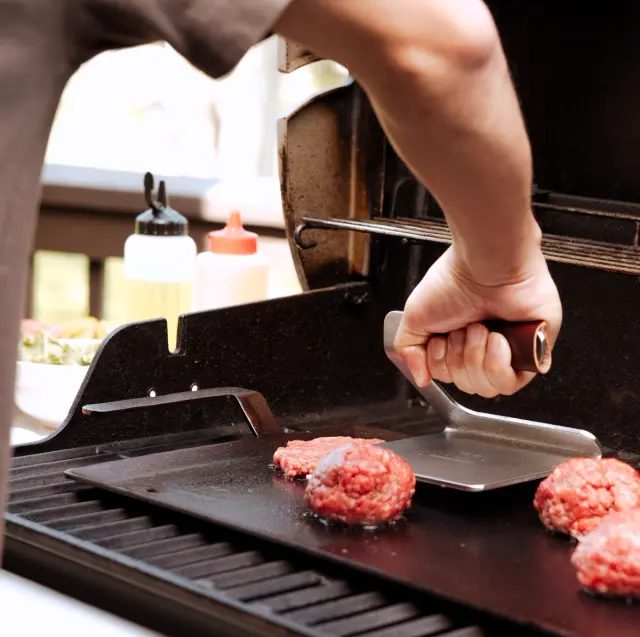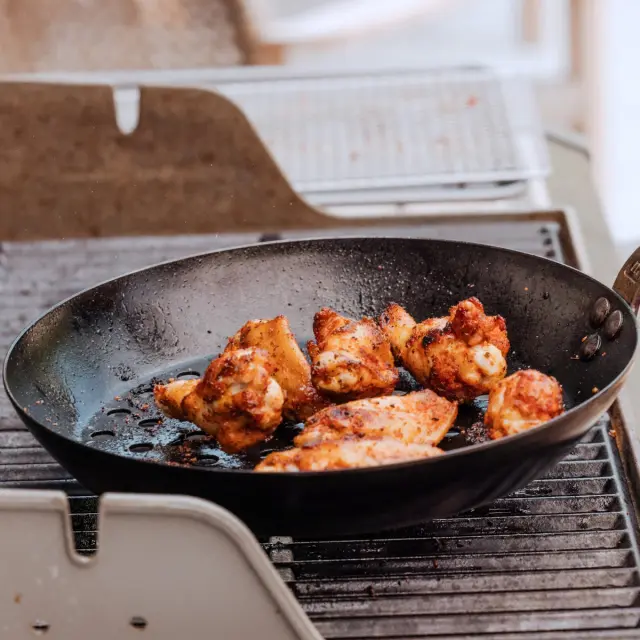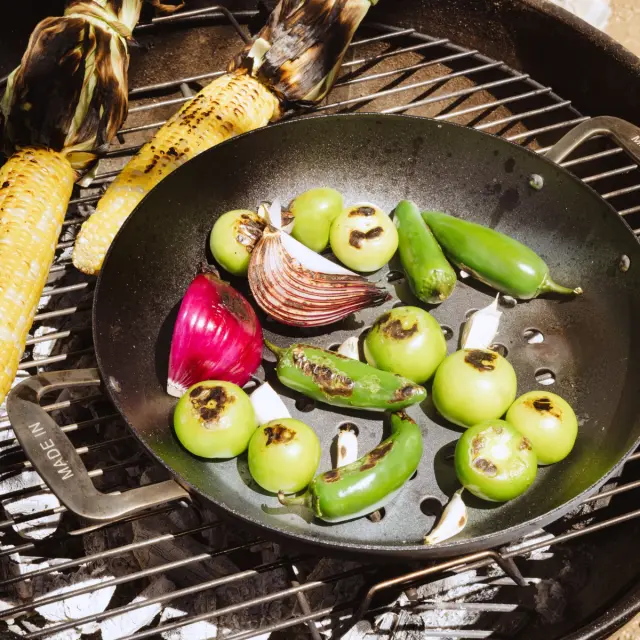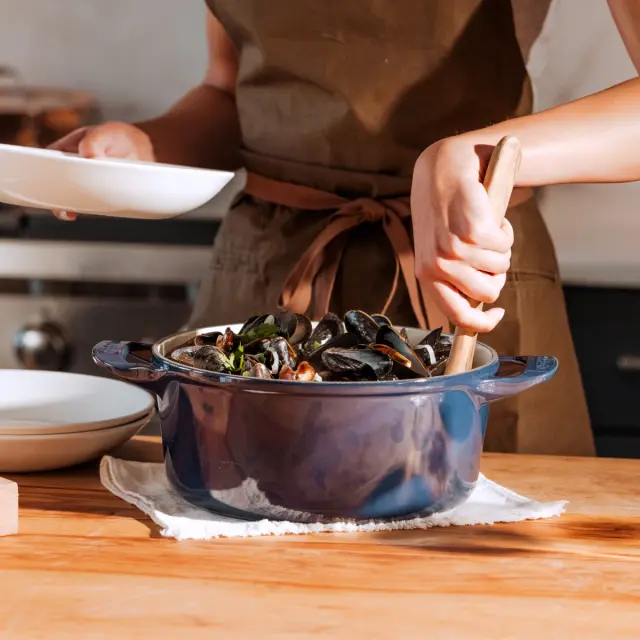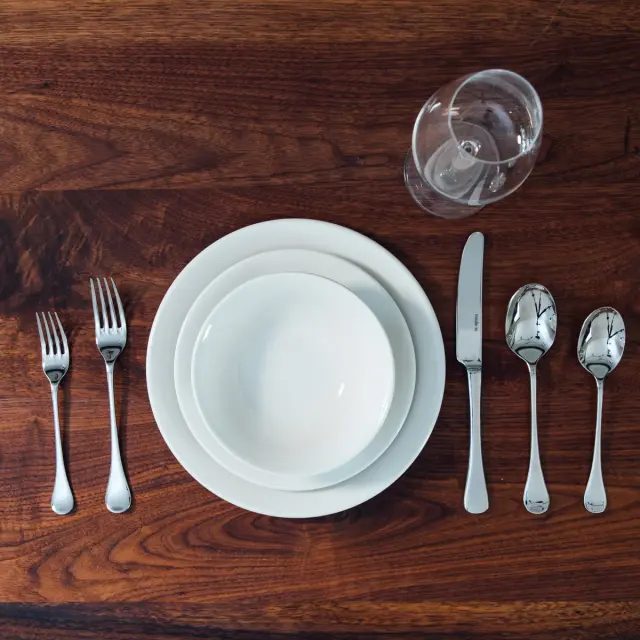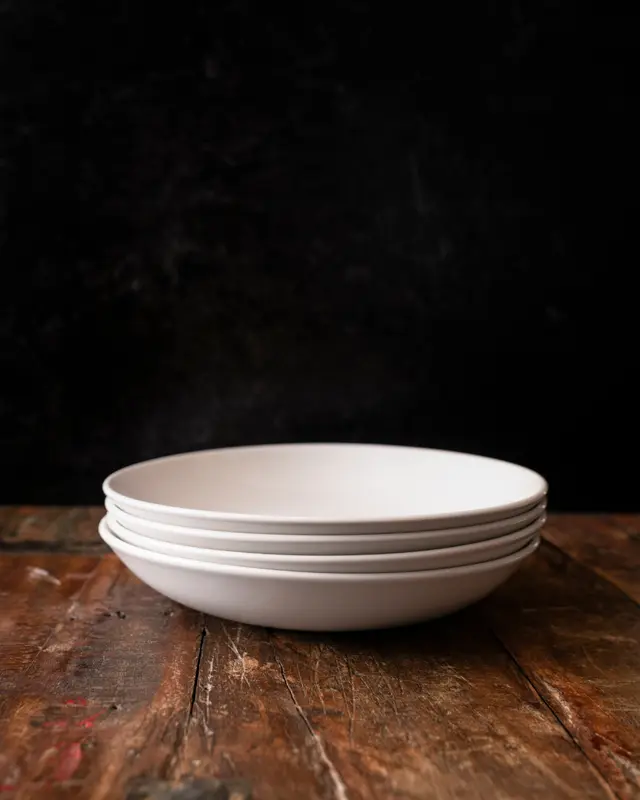Our kettle is in near-constant use this time of year, whether we’re brewing cup after cup of steaming hot tea or mixing up batches of hot toddies. Designed to rapidly bring water to a boil on the stovetop, kettles—particularly our new Stainless Steel Kettle—require little finesse to use correctly. However, that doesn’t mean there aren’t ways to improve your pot’s performance (and extend its lifespan by a few years). Here are our best tips for safer, more efficient boiling and brewing.
Step-by-Step Guide on How to Safely Use a Stovetop Tea Kettle
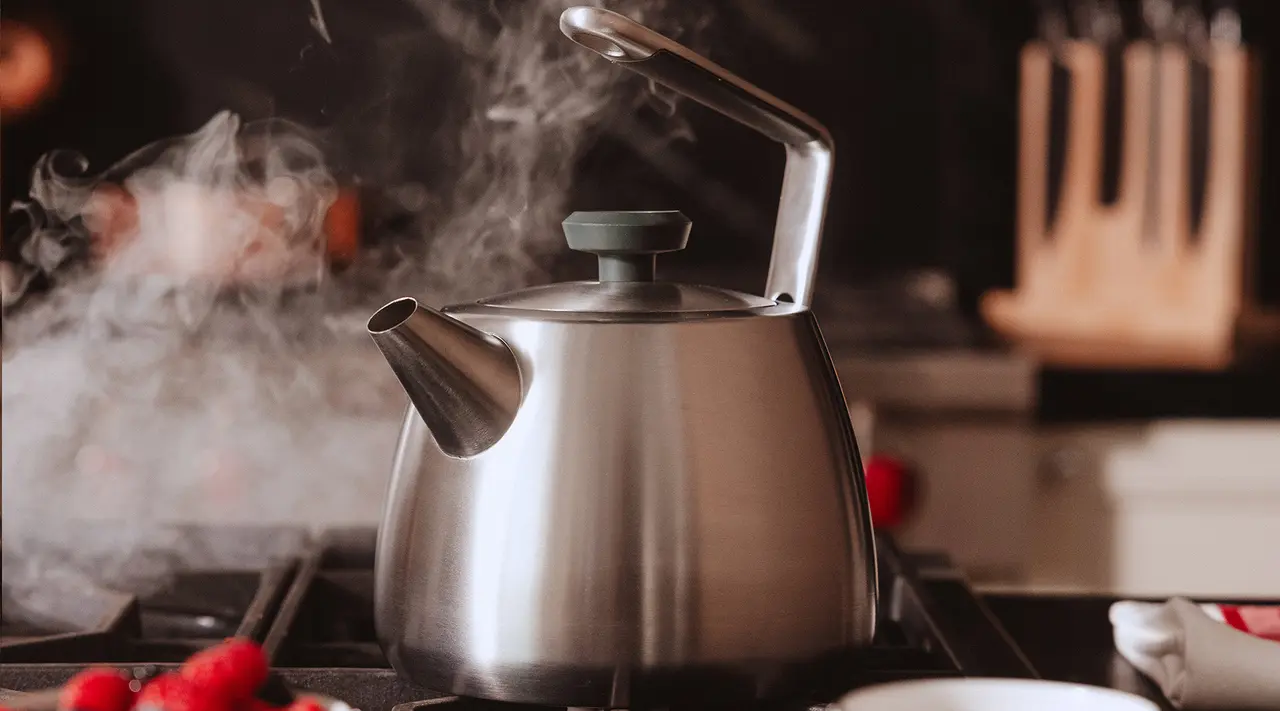
A few tips on how to safely and correctly use your stovetop kettle.
1. Fill the Kettle
The amount of water you use depends on the beverage itself, as well as how many servings you plan to make. For French press or pourover coffee, this is roughly 15 grams of water for every 1 gram of coffee, though you may prefer a higher or lower ratio of coffee to water. For tea, it’s around 8 ounces per cup. Never boil an empty kettle—doing so can cause warping or other permanent damage to your kettle or stovetop.
2. Place on Stovetop
If you’re using an induction stove, first make sure your kettle is induction compatible. Since our Kettle is made from stainless steel—a ferromagnetic material—it’s compatible with every stovetop, including induction.
Position the kettle so that it sits directly over the burner, ensuring quick and efficient heating and preventing flames from licking up the sides.
3. Boil the Water
Turn heat to medium-high, then wait for water to come to desired temperature before removing from the heat. Most kettles use a high-pitched whistle to indicate that the water has reached a boil, though some also come with a built-in temperature gauge (ours proudly features both).
4. Pour the Water
Using an oven mitt or other protection (not necessary with our Kettle’s Stay Cool Handle and Handle Sleeve), slowly and steadily pour your freshly boiled water into prepared cups, French press, or other brewing device.
Tips for Perfect Tea (or Coffee) Every Time
Here's what to keep in mind when using your kettle for a perfect cup, no matter what you're brewing.
Water Temperature:
If you’re someone who drinks a wide range of teas, you know just how important temperature is to the brewing and steeping process. Whereas freshly boiled water is necessary for brewing many black or herbal teas, it will turn more delicate green and white teas bitter and astringent—underlying the importance of knowing the ideal temperature for your blend of choice.
A kettle with a built-in temperature gauge like ours comes in handy here, though you can also use a cooking thermometer if you don’t have one.
Cleaning
Yes, you do need to clean your kettle—even if you only use it for boiling plain water. A quick rinse after each use can help reduce limescale buildup, the natural result of using hard water (aka, water that contains large amounts of calcium and other minerals).
Storage
Once you’ve washed and thoroughly dried your kettle, store it away from any moisture or humidity. Be careful to leave plenty of space between the kettle and other pots and pans in order to prevent scratching.
Common Mistakes to Avoid
And here's what not to do when using your kettle.
Overfilling:
Dropping a kettle full of water can crack your countertop or glass stovetop, or—if that water is just off the boil—cause serious burns. Make sure to only boil the amount of water you need.
Leaving on a Hot Burner:
Never leave an empty kettle on a hot burner, which can cause burning, discoloration, or warping.
Skipping Regular Cleaning:
A buildup of limescale or other residue can affect the taste of your beverage, or—if left unchecked for long enough—cause bacterial growth. Make sure to regularly rinse and descale your kettle.
Care and Maintenance of Your Stainless Steel Tea Kettle

At a glance, here’s what you need to know to keep your stainless steel kettle clean and ready to use.
- Use mild dish soap and water for regular cleaning.
- Boil equal parts vinegar and water to remove limescale and stains, or use a special stainless steel cleaner.
- Buff with olive oil after cleaning to prevent streaks.
- Use a soft dish cloth and avoid abrasive scrubbers to prevent scratches.
Ready to Shop?
Using a kettle doesn’t require quite the same level of skill as, say, brewing the perfect pourover—but it’s still an essential part of the process. And with our Stainless Steel Kettle’s built-in temperature gauge, precision pouring spout, and ergonomic Stay Cool handle, that process just got even easier.



